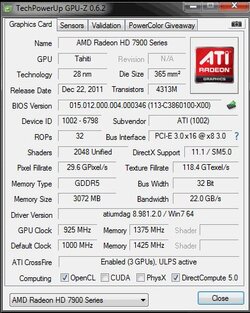http://www.hardocp.com/article/2012...gpu_gaming_performance_review/14#.UVCW8RfbhBkAt Hardocp They where saying that the PCI-E Buss 3.0 has timing latency like system memory, the faster the buss speed more the need to increase buss timing adding latency for small burst of data to the video card not utilizing all the bandwidth at that given moment.
Yeah, that was their theory...


